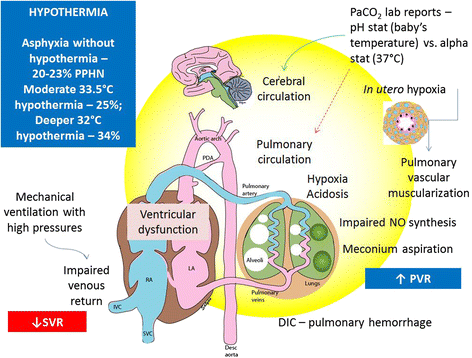AUTOCRACY V CORRUPT ELCTORAL DEMOCRACY V LIB DEMOCRACY
##################
SCI LT V MYS RT
#################
SN CNMA STILLWATER 2021
###################
SHAWSHANK ACCEPTANCE
###################
FRANKL LINE
#################
TIME FOR HOPE V ACCEPTANCE
###################
HAS NOT ACCEPTED HER SENTENCE
###############
You are awareness. All of you, not an organ, or a spot, or a place. All you are is awareness and this awareness can grow and expand as you grow and expand.
Meditation is a practice of awareness. Practicing awareness tends to stretch and expand it.
##################
Hmm, why does it seem it so much in our heads?
Because in your head there is a brain that produces thoughts, and thoughts is what you think you are, what you identify with, what you identify as.
#########################
Your awareness is your third eye middle of eyebrows ficus there abs it’s easy because that’s where the soul resides
#####################
There is a seat of awareness in our brain. This seat or minutes organ is called Reticular formation which is present in the brain stem. And the awareness can be expanded by only regular practice of mindfulness meditation. The insight or Vipassana meditation will help you in better way.
#####################
Another’s awareness of awareness could be the empty stillness of ultimate silence. … Stillness. … In the mental world there would be a potential tension between ‘stretchy’ … and ‘stillness’.
#######################
NOT ABT JUSTICE- ITS ABT FINDING PEACE
#######################
The entity known as John likes understanding the text it has chosen to read. So far as John knows there is no knowing pure awareness as a sensory experience only. There is, instead, realising awareness is nothing - no thing, the only quality being the quality of awareness. But awareness knows all things. John doesn’t see awareness as needing to expand or stretch when it just is - awareness of all and nothing. What does Pausha mean when Pausha states the actions of expansion and elasticity are qualities of awareness? Is it possible for there to be more light shed on these interesting - and as yet not understood, (to John’s mind) -attributes?
##########################
I am looking for an example from the human, physical world that would illustrate this, but I can’t find any because awareness doesn’t work the way matter does.
So it will be an imaginary example: imagine that awareness is water. Endless, limitless expanse of water. In this water there is an organism - Pausha - that is limited and contained, but that also is water. Like a bubble of water in the water. This bubble of water can expand through water limitlessly, endlessly, because the bubble of water is the same water as the water it is submerged within. The only limit to this bubble, that which makes it in a bubble, that makes it separate and distinct, is that it thinks it is separate and distinct. In truth there is no bubble, there is only water. But there is an idea that there is a bubble, that there is a limitation, and this idea creates a separation.
Pausha is both the water,and the bubble in the water, because the water and the bubble of water are truly one and the same.
##########################









